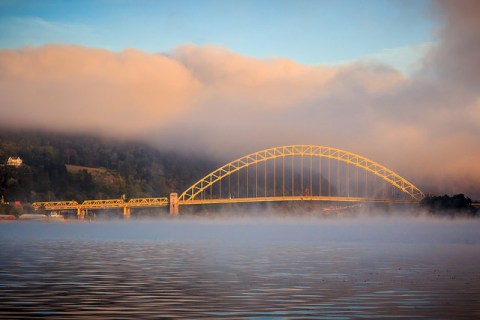20 Amazing Architectural Landmarks In Pennsylvania
One of the coolest things we have access to on a day-to-day basis is architecture. Buildings surround us and structure our lives in cities, in suburban neighborhoods, and even in rural terrain. The recognizable forms of architecture in our communities define us and bring us together. Here are the 20 most recognizable architectural landmarks in Pennsylvania.
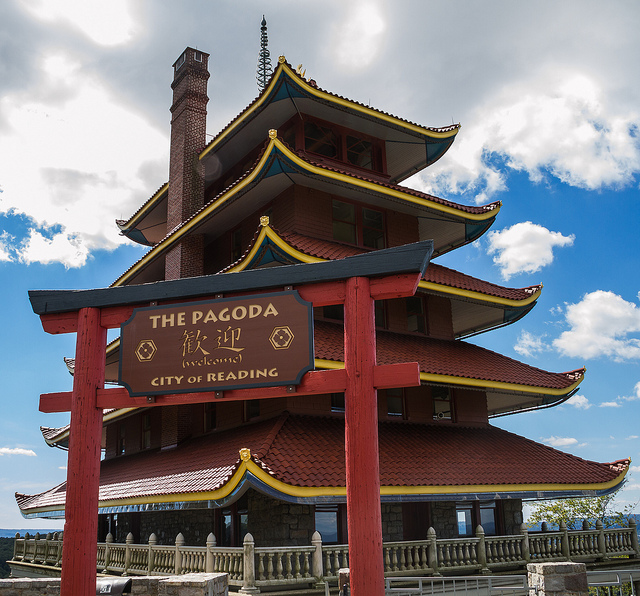
The Pagoda was initially intended to be part of a luxury hotel and restaurant, but then was abandoned and donated to the city of Reading.

Completed in 1908, the Pagoda has now been an icon of Reading for more than a century.
Advertisement

Advertisement
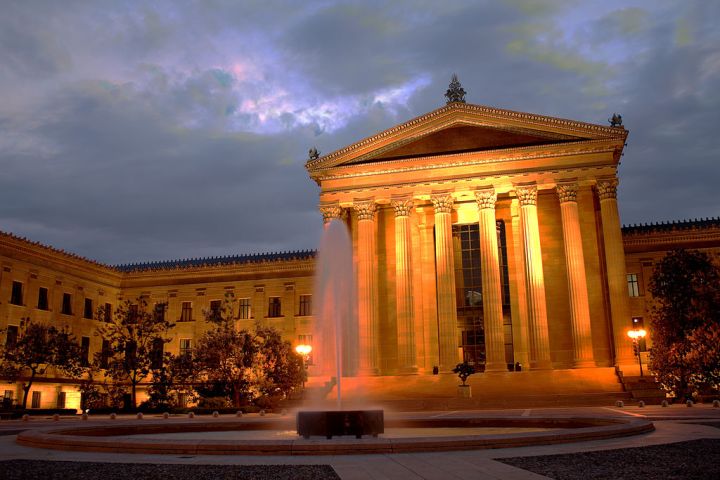
The art museum that so many know and love was a long time in the making. Its planning began in 1895 when the city held a contest to design a new museum building, but plans were not finalized until 1907. Construction itself did not begin until 1919, and was not completed until 1928 due to delays caused by World War I.

Cira Centre, completed in 2005 by Brandywine Realty Trust, holds retail space and restaurants. Its unique shape and glassy exterior truly make it stand out.
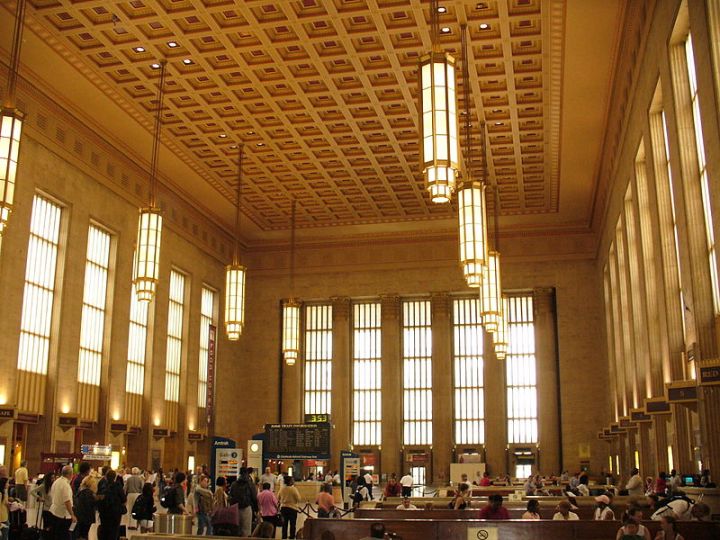
Chicago-based architecture firm Graham, Anderson, Probst, and White designed the cavernous station that was completed in 1933. It is the hub of public transportation in Philadelphia.

The Kimmel Center opened in 2001 as the new venue for the Philadelphia Symphony Orchestra. The building's distinctive glass ceiling draws in many tourists annually who want to admire its architecture. The Kimmel Center is open to the public whenever there is not a scheduled performance and free tours are given regularly.

The Comcast Center in Philadelphia is the tallest building in Pennsylvania, standing at 974 feet.
Advertisement
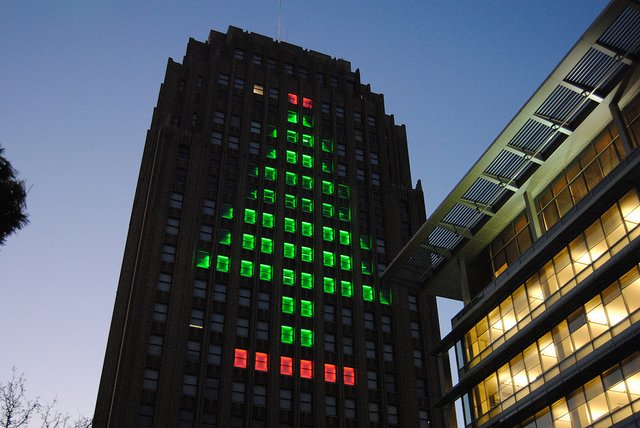
The PPL Building is instantly recognizable to anyone from the Lehigh Valley, as it's the tallest building in Allentown. During the Christmas season, it is illuminated with a colored Christmas tree.
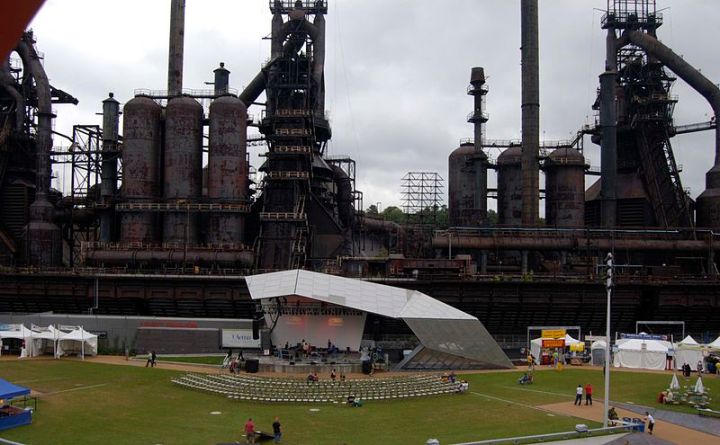
The Levitt Pavilion was erected at the site of the closed Bethlehem Steel facility.

Kinzua Bridge was, upon its completion in 1882, the highest railway bridge in the world. It was nicknamed "The Eighth Wonder of the World." In 2003, it collapsed. Today, it has been replaced with a glass-bottomed pedestrian footbridge to commemorate its rich history.
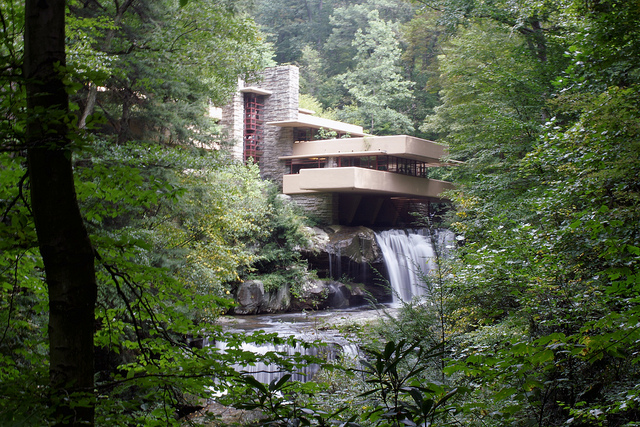
Frank Lloyd Wright designed the famous Fallingwater that appears to float above a waterfall. It is one of the most popular tourist destinations in the Pittsburgh area.
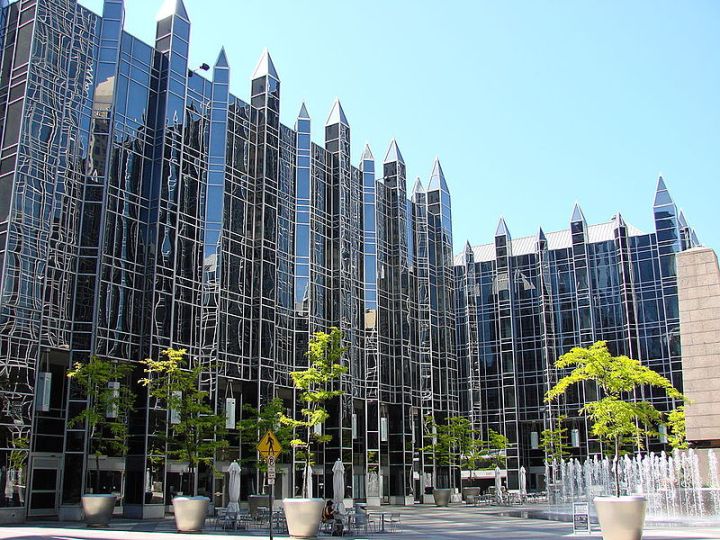
Advertisement
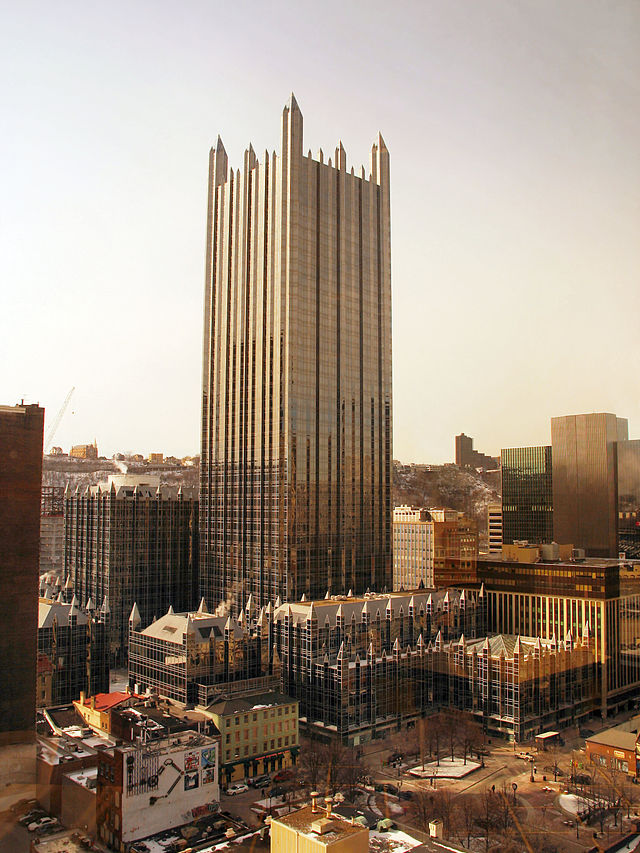
PPG Place in downtown Pittsburgh consists of over 19,000 pieces of glass, and appears to be a glittering castle.
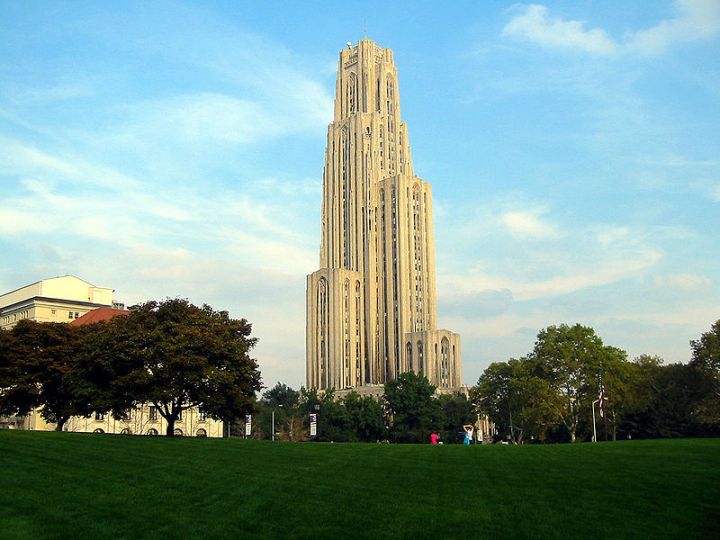
The Cathedral of Learning is an academic building in the Oakland neighborhood in Pittsburgh. Part of University of Pittsburgh, It is the tallest academic building in the world.
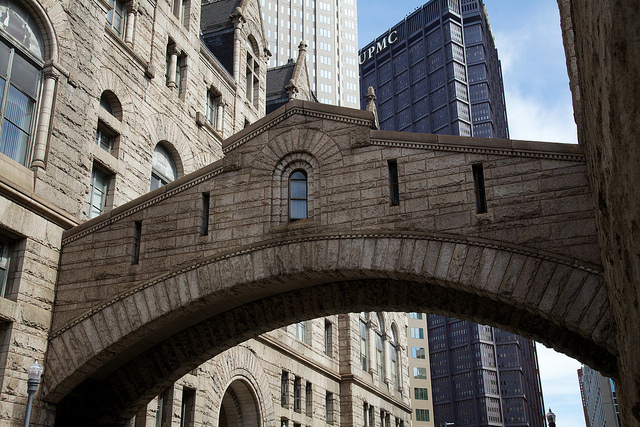
The Allegheny County Courthouse and Jail, located in downtown Pittsburgh, are examples of the Romanesque Revival style. They were designed by H. H. Richardson. The above bridge, that connects the two, is called the Bridge of Sighs. it's modeled after a famous bridge in Venice.

The owners of the Emerald Art Glass company, located on the South Side of Pittsburgh, wanted a cool home, so they hired Fisher Architects to build a home right above the company's factory. The home is a cantilever, meaning that it is supported at only one end. It is three times longer than Fallingwater and possibly the longest residential cantilever in the world.

The U.S Steel Tower, opened in 1971, is one of the tallest buildings in Pittsburgh. Its roof contains the tallest acre of land in the world.
Advertisement
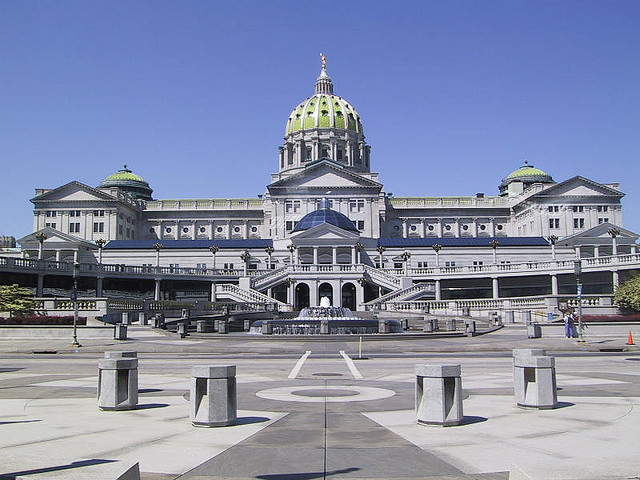
Joseph Miller Huston designed the State Capitol, which was completed in 1902 in a Beaux-Arts style. It's the third state capitol to be built in Harrisburg.
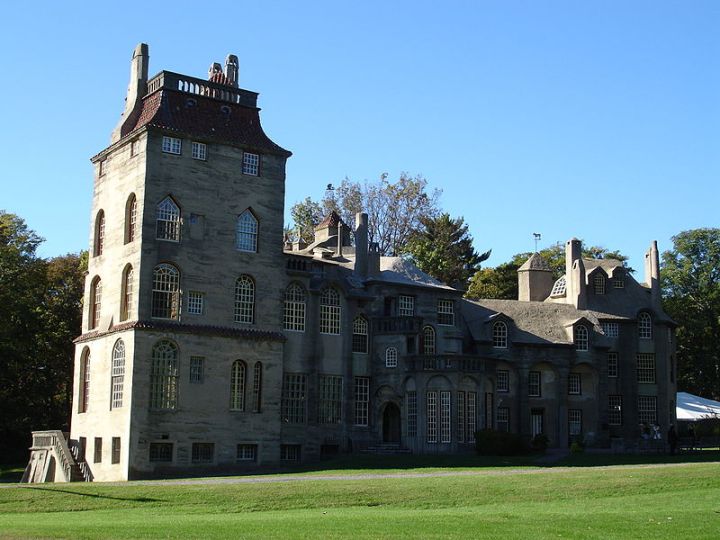
Henry Mercer, an anthropologist and tile maker, lived in the Foothill Castle during the early 1900s. It was built using a unique form of construction that used poured-in concrete.

The Mercer Museum, located near Fonthill Castle, was built using the same method of poured-in concrete as Fronthill Castle. It contains preindustrial artifacts collected by Dr. Mercer over the course of his career.

The Moravian Pottery and Tile Works is the third and final building built by Dr. Mercer using the poured-in concrete method. It still produces tiles in the same method that he used in the early 1900s.

The Andalusia Estate was built in 1794 in the Greek revival style, and has seen two expansions since its construction. It was declared a National Historic landmark in 1966, and today operates as a museum.
Have you seen all of the buildings on this list? What architectural treasures have been left out? Tell us in the comments below!
OnlyInYourState may earn compensation through affiliate links in this article. As an Amazon Associate, we earn from qualifying purchases.


